Press-room / Digest
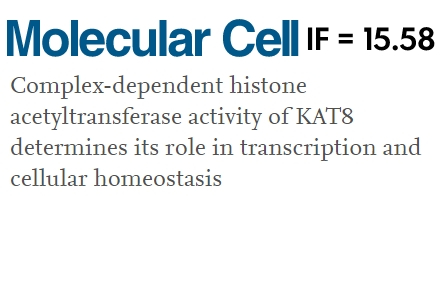
Complex-dependent histone acetyltransferase activity of KAT8 determines its role in transcription and cellular homeostasis
International research team together with researchers from IBCh RAS studied molecular mechanisms of histone acetyltransferase KAT8 activity. The enzyme regulates DNA compactization and gene transcription regulation by acetylation of histone H4 and is essential for cell viability. The results are published in the journal Molecular Cell. Learn more
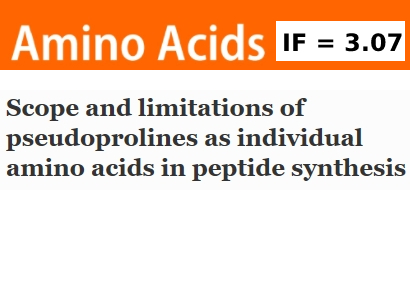
Pseudoprolines as individual amino acids for “difficult” peptides synthesis
Peptide synthesis is one of the hotspots of the Institute of Bioorganic Chemistry. Many of the Institute's key achievements are directly related to this area of work. One of the approaches to the synthesis of "die-hard" peptides is the use of serine, threonine and cysteine with special protection of side groups, which forms a five-membered heterocycle. Such derivatives of these amino acids are called "pseudoprolines" for their structural similarity to the corresponding amino acid. Usually, such protected amino acids are used in the form of dipeptides. Due to the low potential of the amino group to acylation, their one by one incorporation into the growing peptide chain is difficult. A recent article by the Department of Molecular Neuroimmune Signaling in the Amino Acids journal demonstrated the ability to synthesize "difficult" peptides using single derivatives of serine, threonine and cysteine in the form of protected pseudoprolines. This technical solution dramatically simplifies and reduces the cost of the synthesis of complex sequences compared to previously used dipeptide derivatives and makes such constructs generally available.
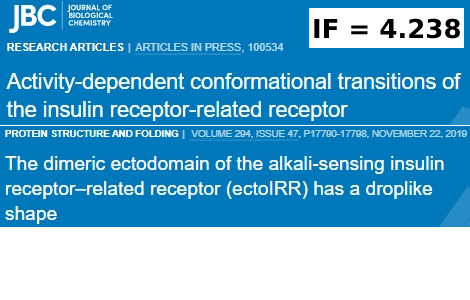
Conformational changes in the receptor tyrosine kinase IRR during activation were determined
Researchers of the Laboratory of Receptor Cell Biology IBCh RAS together with colleagues from the IPCE RAS and IC RAS carried out a study of the IRR structure by atomic force microscopy and small-angle X-ray scattering. The conformations of the receptor in the active and inactive states have been determined; on the basis of the obtained data, an activation mechanism has been proposed. This work was supported by projects of the Russian Foundation for Basic Research 20-04-00959, 17-00-00486, the Ministry of Science and Higher Education of the Russian Federation and published in two articles in the Journal of Biological Chemistry [1] [2]. Learn more
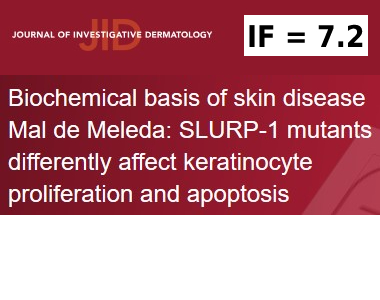
The role of natural mutations of the human protein SLURP-1 in the pathogenesis of Mal de Meleda skin disease has been determined
Researchers from the Department of Bioengineering and the Department of Structural Biology of the IBCh RAS received new functional and structural information on the role of mutations in the SLURP-1 protein in the pathogenesis of Mal de Meleda (MDM), a recessively inherited keratoderma. SLURP-1 is a paracrine regulator of keratinocyte homeostasis interacting with the α7 type nicotinic acetylcholine receptor (α7-nAChR) and it participates in control of growth, terminal differentiation, apoptosis and cornification of keratinocytes. The study showed that effect of SLURP-1 mutants on keratinocyte homeostasis depends on a location in the molecule, where the mutation is appeared. Effects can lead to mild or severe forms of Mal de Meleda, and can include changes in the antiproliferative and apoptotic properties of SLURP-1. Using the obtained functional data, model of the SLURP-1/α7-nAChR complex was built. The work was published in the Journal of Investigative Dermatology under support of the Russian Science Foundation. Learn more
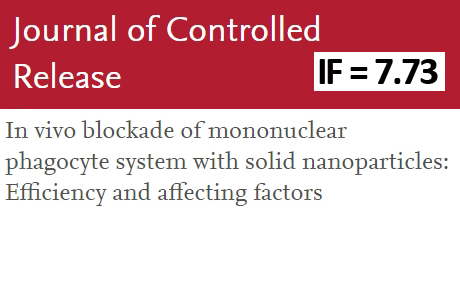
In vivo blockade of mononuclear phagocyte system with solid nanoparticles: Efficiency and affecting factors
The mononuclear phagocyte system (MPS) blockade improves the pharmacokinetics of diagnostic and therapeutic nanoparticles and reduces side toxicity. Scientists from MIPT, MEPhI, GPI and the Laboratory of molecular immunology of IBCh RAS studied the key factors that determine the effectiveness of the blockade: blocker particle dose, size, zeta potential and type of coating, as well as mouse strain, inflammation and the presence of a tumor. It was found that the type of blocker coating had the strongest effect on MPS blockade efficiency, which allowed to prolong circulation of functional nanoparticles in the bloodstream 18 times. The results obtained demonstrate the practical significance of the MPS blockade and possible mechanisms for its regulation to improve the delivery of diagnostic and therapeutic nanoagents. The work was published in the Journal of Controlled Release.

